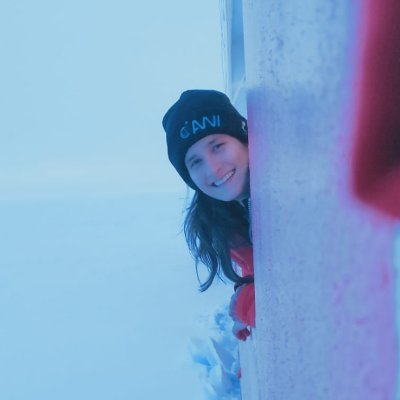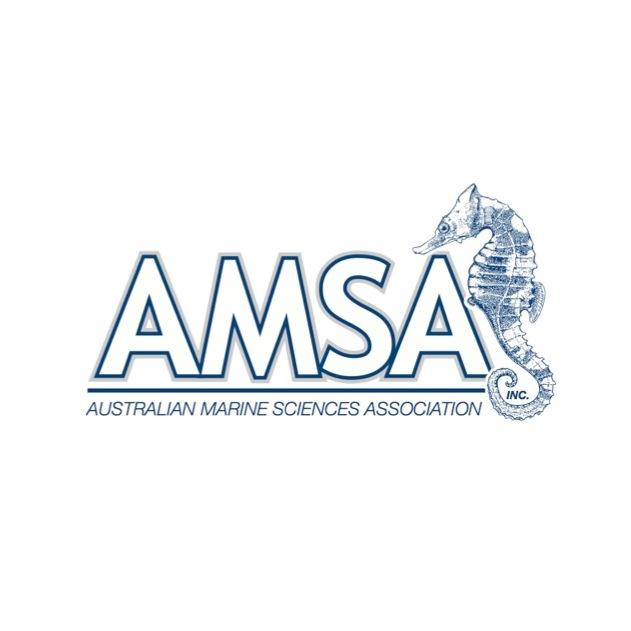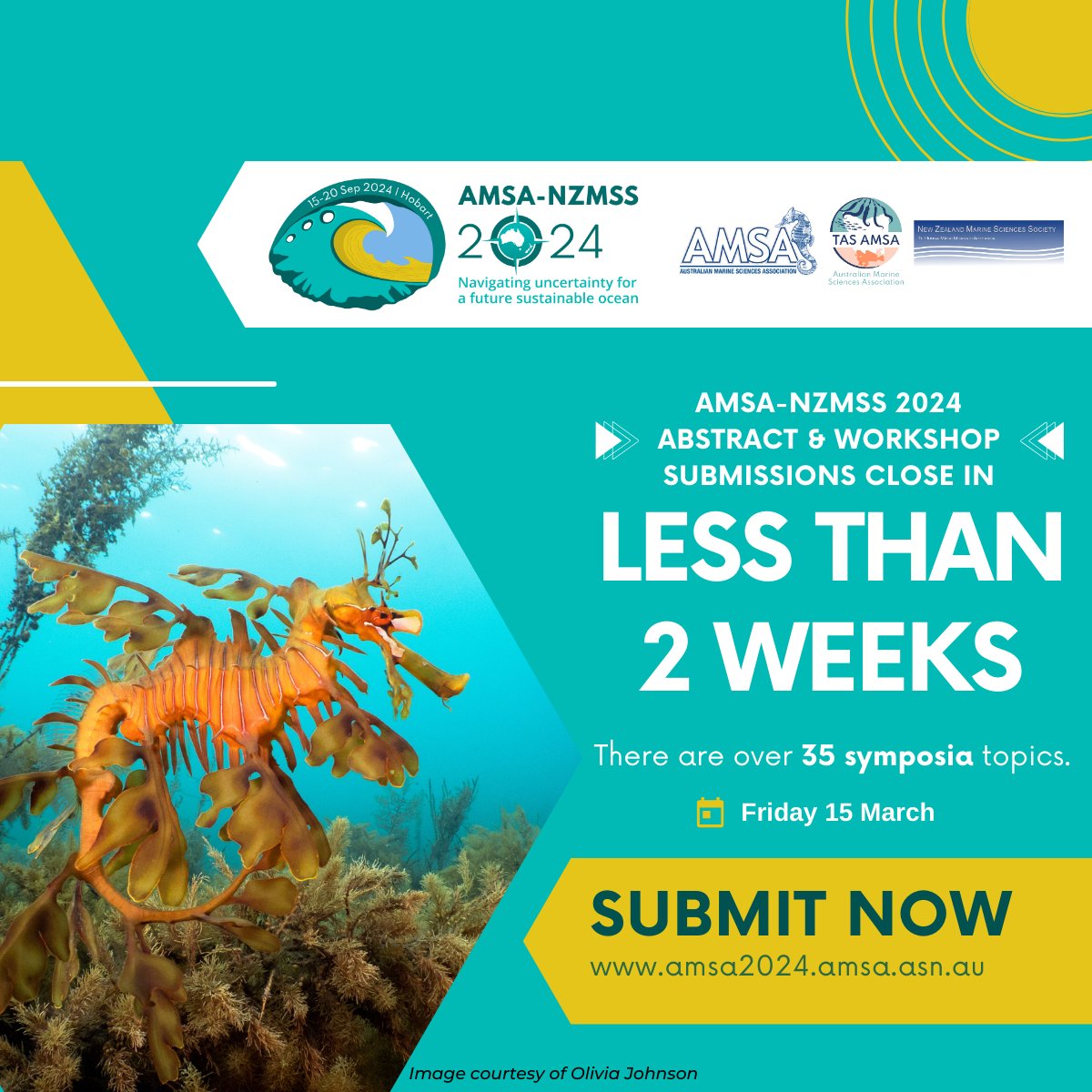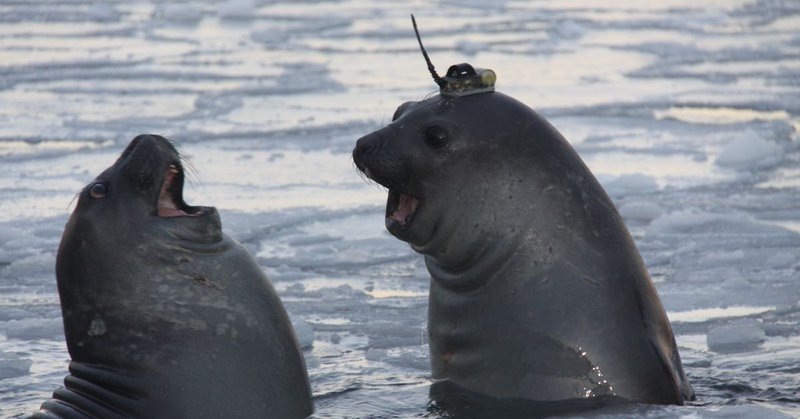
Dr Natalia Ribeiro
@_ribeirosantosn
Followers
328
Following
1K
Media
54
Statuses
470
Science Officer at @IMOS_AUS. PhD in making elephant seals tell the secrets of ocean-ice shelf interactions. Full of views & opinions of my own.
Hobart, Tasmania
Joined April 2014
We have compared 60+ years of historical 🚢 and modern 🦭 ocean data in the Shackleton Ice Shelf (SIS) area, and, as it is often the case in climate science, news isn't great: the ocean is now hot 🌡️ and no, it hasn't always been like that.
1
10
33
RT @IMOS_AUS: OceanHackWeek 2024 offers five days of hands-on tutorials, data exploration, software development, presentations, collaborati….
0
1
0
📢LAST DAY to submit your AMSA abstract to the .@IMOS_AUS symposium: "Australia’s IMOS: reducing uncertainty & supporting ocean science through sustained, high-quality observations". Submit here 👉
Get your abstract and workshop submissions in now for the upcoming AMSA & NZMSS 2024 Conference in Hobart!.Submissions close in less than 2 weeks. Register online.
0
0
0
RT @IMOS_AUS: Abstract submission has opened for the 2024 joint workshop of the Consortium for Ocean-Sea Ice Modelling in Australia (COSIMA….
0
5
0
📢AMSA abstract submissions have been extended to 27th March! @IMOS_AUS is hosting a symposium: "Australia’s IMOS: reducing uncertainty & supporting ocean science through sustained, high-quality observations" and we'd love to showcase your work. Submit 👉
Get your abstract and workshop submissions in now for the upcoming AMSA & NZMSS 2024 Conference in Hobart!.Submissions close in less than 2 weeks. Register online.
0
4
5
RT @IMOS_AUS: 🌊 A billion signals that tell our oceans’ story. IMOS is celebrating the amazing milestone of collecting & delivering one bi….
0
9
0
RT @WMO: 🌡️ ERA5 data from @CopernicusECMWF.indicates that 17 November was the first day that average global temperature exceeded 2°C abov….
0
276
0
RT @clive_mcmahon: Seal Scientists Wearing Funky Hats Discover 2-Kilometer-Deep Canyon Under Antarctica | IFLScience @IMOS_AUS, @ani_bos….
iflscience.com
The canyon has been named the Mirounga-Nuyina Canyon in honor of the seals that discovered it.
0
6
0
RT @JGROceans: The stability of East Antarctic ice shelves is challenging to assess due to sparse observations. Ribeiro et al., use profile….
0
6
0
@AGU_OS I'd like to thank my co-authors Laura Herraiz-Borreguero, Steve Rintoul, Guy Williams, Mark Hindell,.@clive_mcmahon and Christophe Guinet, all reviewers, the editor and the @theAGU team. Remember there is still time if we remain hopeful, active and vocal about climate change.
0
0
1
This study determines that mCDW intrusions are not something that have always existed, but a phenomenon brought upon the East Antarctic margins in the 21st century. Read more here: at @AGU_OS .
agupubs.onlinelibrary.wiley.com
Ocean observations spanning 60 years document a shift in shelf water properties west of the Shackleton Ice Shelf (SIS) Pre-1996, modified Circumpolar Deep Water (mCDW) warmer than −1.6°C was not ...
1
0
3









